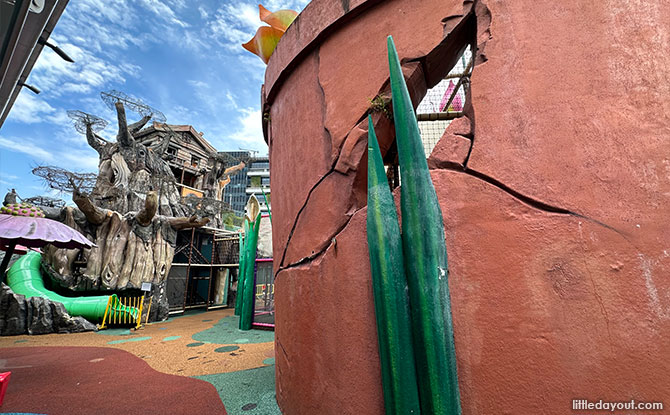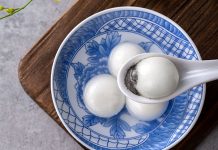
So baby’s arrival date is closing in and you’re working your way down your checklist of preparations. Your eyes review the StemCord pamphlet you picked up at the last baby fair promoting its cord blood banking services. Should you? Shouldn’t you? Wait, what is cord blood banking again?
No fear. We walk you through some of the essential things to know about cord blood banking in Singapore.
What is Cord Blood and Why Bank It?

In recent years, cord blood banks have also started storing stem cells from the umbilical cord, that is from the cord tissue as well as the cord blood. The reason for this is the growing research in the use of Mesenchymal Stem Cells (MSCs) – found more abundantly in cord tissue but also present in cord blood – in regenerative medicine.
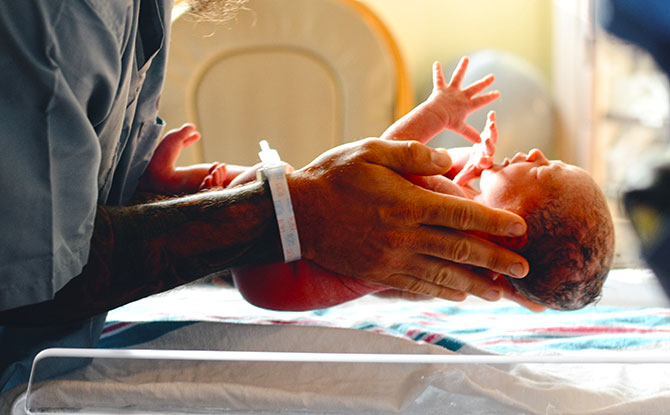
While the diseases currently treatable by stem cells are rare, they are also mostly life-threatening.

Once you make the decision to take up this insurance though, finding someone to safeguard this precious resource, not to mention your investment, would naturally be a priority. Enter StemCord.
Cord Blood Banking in Singapore: Three Doctors on A Mission
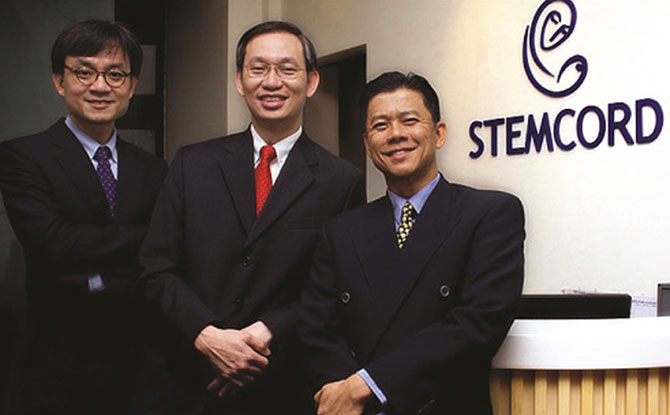
In 2002, amidst rapid developments in stem cell therapy worldwide, three doctors with a mission to bring hope for the future came together to start StemCord on our shores. They had, during the course of their work, seen many cancer patients who could benefit from stem cell transplants but were frustrated that the option was not available here.
As Singapore’s private cord blood bank and being backed by doctors, StemCord was and is committed to educating people about stem cells and providing an affordable and reliable option for those who desire to bank for the future. Within a year of obtaining their licence from MOH, they had collected 800 cord blood samples.

17 years, on, StemCord has more than 40,000 Cord Blood Units (CBUs) stored from customers in Singapore and the region. The three founding doctors remain directors of the privately-held company, and bring to bear their wealth of medical experience, particularly a deep understanding of the future landscape of stem cell treatments, to its strategies and operations. StemCord has since expanded the services they offer beyond collecting and storing of cord blood alone to the collection and storage of cord tissue stem cells as well.
StemCord Review: Preserving for Maximum Yield
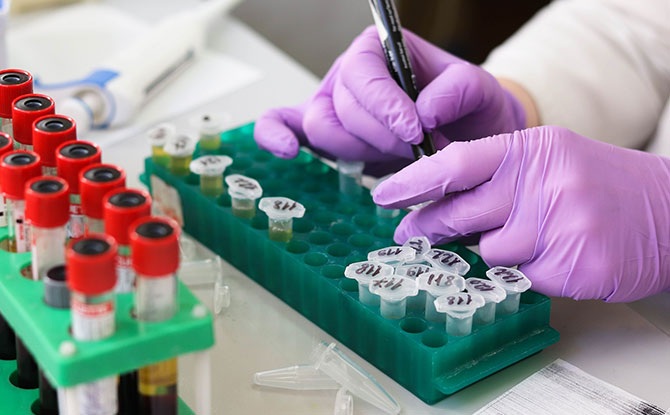
The most economical approach to the storage of cord stem cells is to “freeze first, extract later”. The umbilical cord is cut into smaller pieces, frozen and stored in solid form without processing. The stem cells are only extracted upon being needed, after the cord tissue is thawed.
In contrast, StemCord go the extra mile to extract cord tissue stem cells (MSCs) prior to storage to best prepare them for potential use. A research study2 has shown that extracting and culturing the stem cells before storage increases cell yield eight times more than the cell yield from frozen tissue.
This incurs additional effort and cost but having made the decision to invest, wouldn’t you want to ensure that your child’s stem cells are primed to give the best shot of successful treatment if and when the needs arises?
Accredited by FACT-NetCord
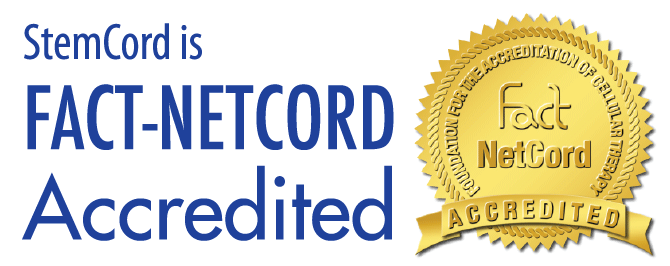
In 2017 StemCord was, for the third time, awarded the accreditation by the Foundation for the Accreditation of Cellular Therapy (FACT) and NetCord. FACT-NetCord is a recognised and prestigious international accreditation specifically for cord blood banks. The accreditation covers all of StemCord’s services – from collection and processing and testing to banking, selection and release of Cord Blood Units – and all its facilities.
Since its inception, StemCord has had a clean track record of successfully releasing Cord Blood Units for the treatment of disease.This is a testimony to the reliability of StemCord’s stringent processing and storage systems and protocol for smooth release.
Two Bags, Two Locations for Flexibility and Security
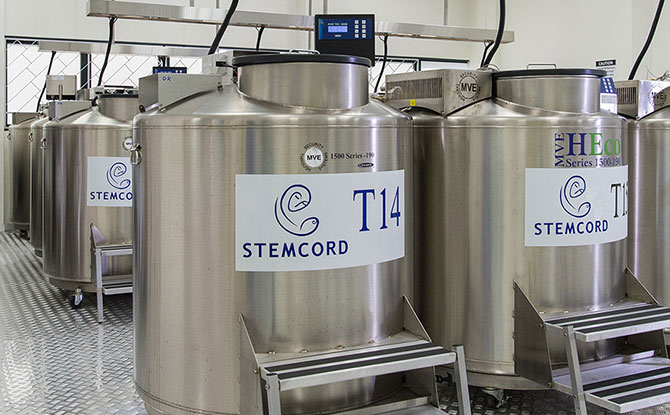
When we did a StemCord review, we discovered that – upon the founders’ insistence, to maximise the stored stem cells’ potential – the collected blood and cord stem cells were stored in two separate cryo bags and in two locations.
The storage of cord blood in two cryo bags provides more flexibility. Having them in separate units allows usage of only what is needed as thawed blood cannot be re-frozen. In addition, with promising developments in the field of regenerative therapy using stem cells, storing stem cells in two cryo bags provide the capacity for multiple treatments if needed.
For added security, the two bags are stored in different locations. StemCord has two separately located laboratories and storage facilities in Singapore.
And while we’re considering security, we shouldn’t forget security of another kind: the stability and fiscal viability of the bank. After all, you need them to be in this for the long haul! StemCord claims to be profitable and to not be tied in any way to financially risky ventures or rapid overseas expansions. In the words of one of its founders, it is a “a no-frills mom-and-pop shop that will stay here for many, many years.”
So there you have it. A meaningful baby shower gift idea, perhaps. Something to ask the grandparents or close friends and family for. And some of the basic considerations in choosing the right partner for your cord blood banking investment.
This feature is brought to you by StemCord.
References
1 Parent’s Guide to Cord Blood Foundation, https://parentsguidecordblood.org/en/diseases. Accessed in June 2019.
2 Briddell R, Litkenhaus F, Foertsch G, Fuhrmann A, Foster K, Falcon Girard K, Fiscus B, Boehm A, Brown M, Pettit M, Rigas Bridges A, Nichols K, Fodor W and Kraus M. Recovery of viable MSCs isolated from fresh umbilical cord tissue, measured after cryopreservation, is on average 8-fold higher when compared to recovery of viable MSCs isolated from previously cryopreserved umbilical cord tissue. Study sponsored by ViaCord. ASH Abstract submitted 2011 Aug 11.



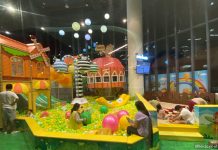

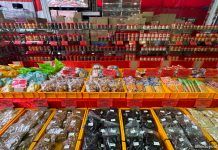


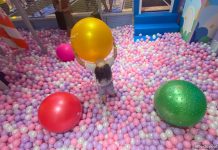
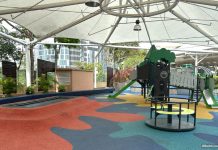
![Coastal PlayGrove: 8 Reasons To Visit The Playground, East Coast Water Play & Food [Updated 2025] Coastal PlayGrove: 8 Reasons To Visit The Playground, East Coast Water Play & Food [Updated 2025]](https://www.littledayout.com/wp-content/uploads/f00-coastal-playgrove-218x150.jpg)
